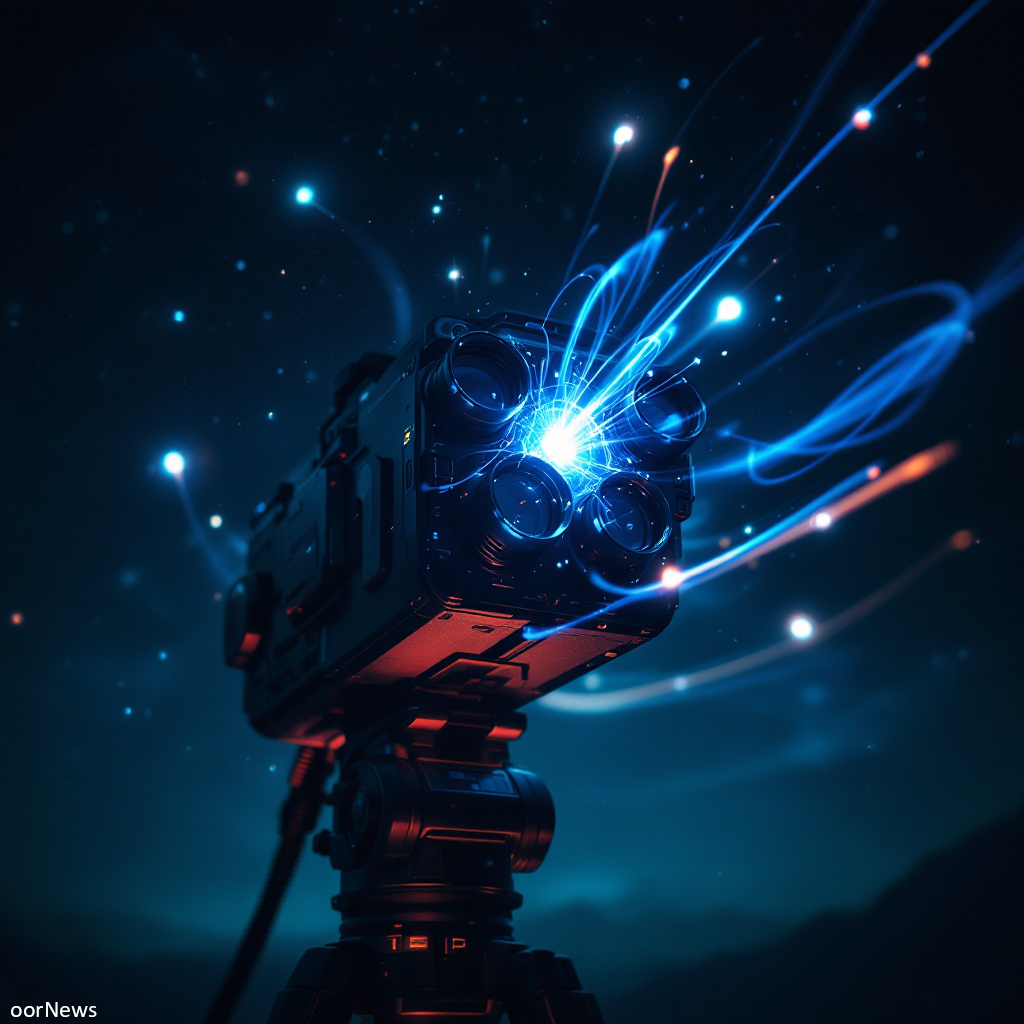Your cart is currently empty!

Scientific Eyes Probe the Unseen Skies

A fresh wind of research is sweeping through the world of anomalous phenomena as new scientific studies on Unidentified Anomalous Phenomena (UAP) command the attention of governments, researchers, and a captivated public. Once relegated to the realm of myth and fringe speculation, sightings of strange objects—whether soaring high above our skies, lurking underwater, or apparently transitioning between realms—are now subject to detailed scientific inquiry.
Recent peer-reviewed studies have added remarkable depth to a field that has long evaded conventional explanation. For example, the publication “Unidentified Aerial Phenomena. Characterization of Dark UAPs” details meticulously coordinated observations using multispectral and synchronized high-resolution cameras. Researchers gathered data from diverse environments—ranging from Kyiv’s urban skies to observations near the Moon and even in an active combat zone in Ukraine. Their findings include the detection of vast objects, three to six kilometres wide, moving at speeds sometimes exceeding Mach 2.5, with one instance estimated at nearly 78 kilometres per second. Notably, these so-called “dark UAPs” exhibit an unusually low albedo, absorbing almost all incident light and thereby presenting properties that are difficult to reconcile with known aircraft or natural phenomena.
Another major contribution to the scientific literature comes from the review paper “The New Science of Unidentified Aerospace-Undersea Phenomena (UAP).” This extensive analysis spans documented government studies from 1933 to the present, covering investigations in Scandinavia, the US, Canada, France, Russia, and China, as well as lesser-known private initiatives. By compiling decades of classified and declassified research, the authors argue that UAP have long been a subject of global scientific and governmental investigation—a reality that is only now beginning to break into mainstream scientific discourse.
In tandem with these studies, dedicated projects such as the Galileo Project are emerging as beacons for rigorous research. The project, formally known as “The Scientific Investigation of Unidentified Aerial Phenomena (UAP) Using Multimodal Ground-Based Observatories,” aims to conduct a comprehensive, multispectral census of aerial anomalies. By employing an array of wide-field and narrow-field cameras, alongside advanced data fusion techniques, the Galileo Project is designed to accurately characterize these mysterious objects’ kinematics and thermal signatures, thus paving the way from anecdote to scientifically verified phenomenon.
Government bodies, too, are stepping out from the shadows. NASA’s recent commission of an independent study to examine UAP marks a turning point, emphasizing the need for high-quality, curated data that adhere to FAIR (Findable, Accessible, Interoperable, Reusable) principles. Meanwhile, the National Archives and Records Administration (NARA) has taken preliminary steps by setting up an “Unidentified Anomalous Phenomena Records Collection,” promoting greater transparency and the sharing of what data exist.
Pressure is also mounting from policy experts. The SOL Foundation, for example, is vocally urging the UK government—and its international counterparts—to accelerate transparency and accountability measures. Their white papers call for governmental briefings, comprehensive risk assessments, and international summits designed to coordinate UAP research efforts. Proposals such as the UAP Disclosure Act and the Congressional UAP Governance Act in the United States have already generated significant debate, and similar calls have begun to echo across the pond in the UK, where pressure is building for a more proactive response to these unexplained aerial phenomena.
Some researchers propose that not every UAP sighting points to advanced, foreign, or extraterrestrial technology. Alternative scientific hypotheses, such as the plasmoid theory, suggest that many of these events could be natural atmospheric phenomena. Plasmoids—self-illuminating, pulsating plasma-like entities formed during thunderstorms or lightning storms—offer one plausible explanation. Although promising for certain cases, these naturalistic accounts might not fully explain the extensive range of observations recorded by the latest studies.
Even with these significant advancements, challenges remain. The quality of data is still hindered by poor sensor calibrations, incomplete metadata, and the lingering stigma that has long discouraged open scientific dialogue. Yet the momentum is undeniable. With governmental agencies, leading research projects, and a global network of collaborators all joining forces, the study of UAP is transitioning from an outlier curiosity to a rigorous scientific field.
The march of these careful studies promises to reshape our understanding of strange lights overhead—and perhaps our understanding of what lies beyond. As scientists, governments, and policy groups like the SOL Foundation push for deeper inquiry and greater transparency, we may soon unlock not just isolated mysteries in our skies, but entirely new truths about our world and its place in the vast cosmos.